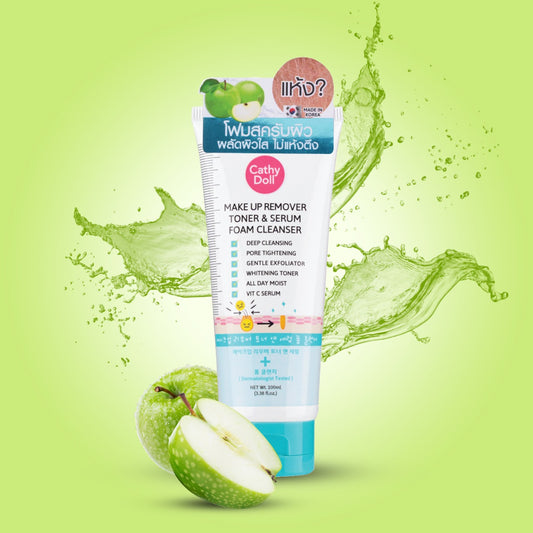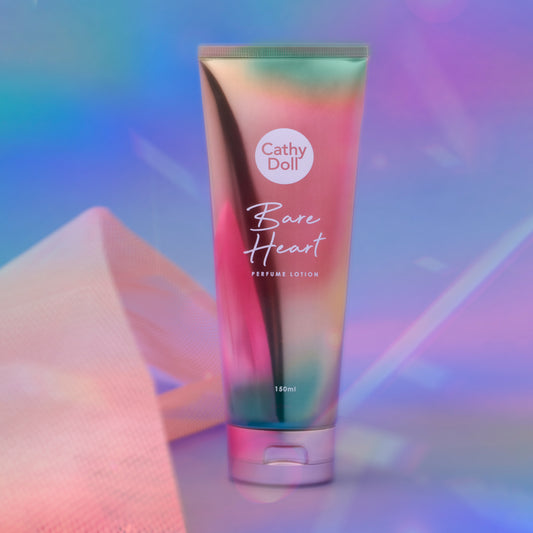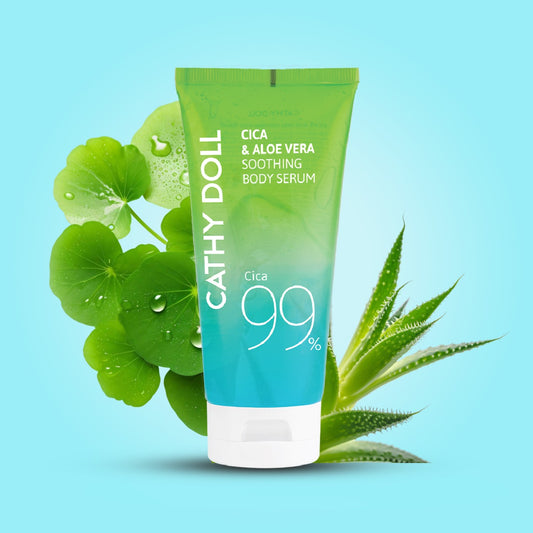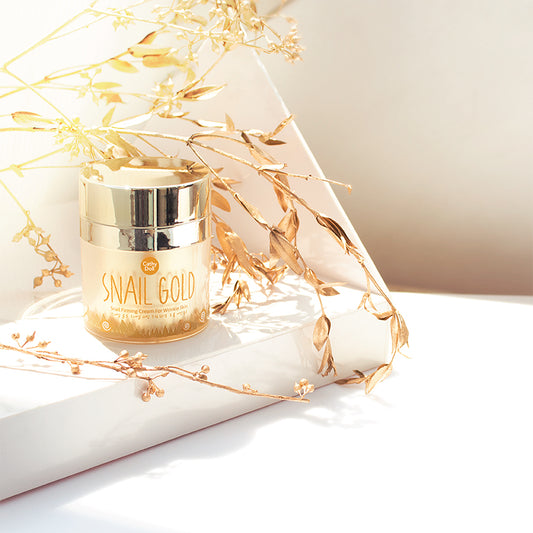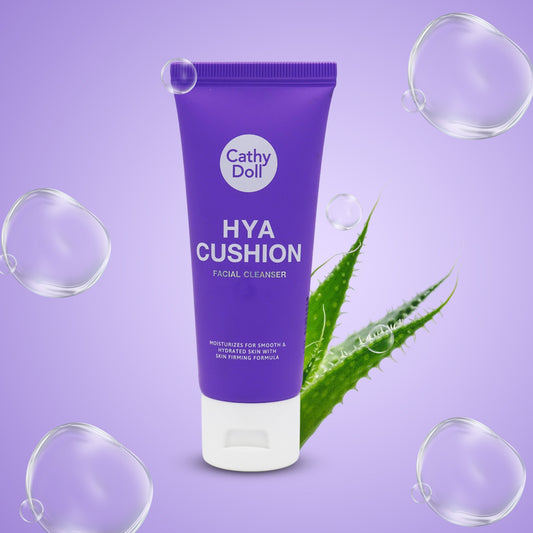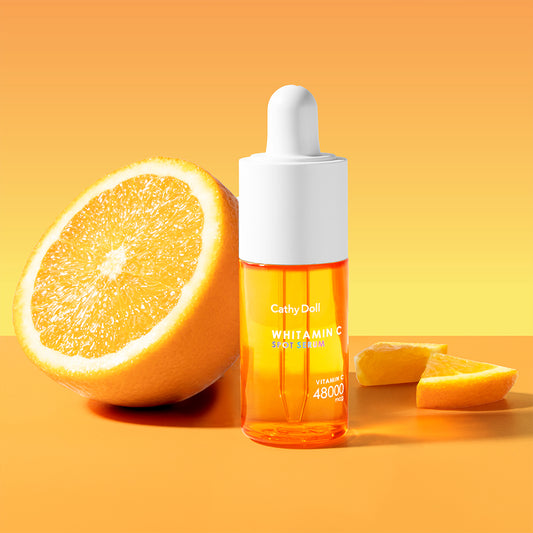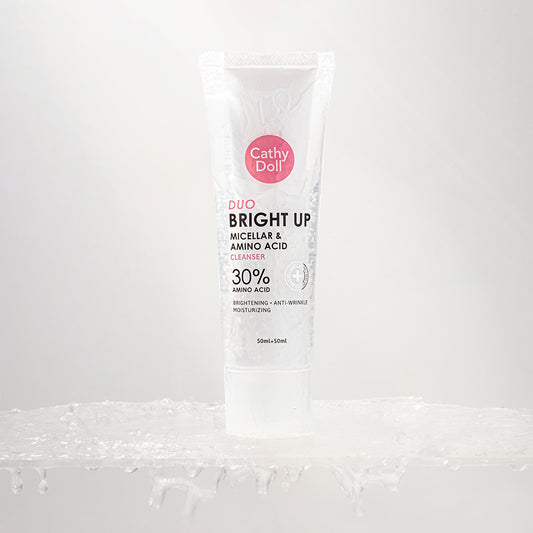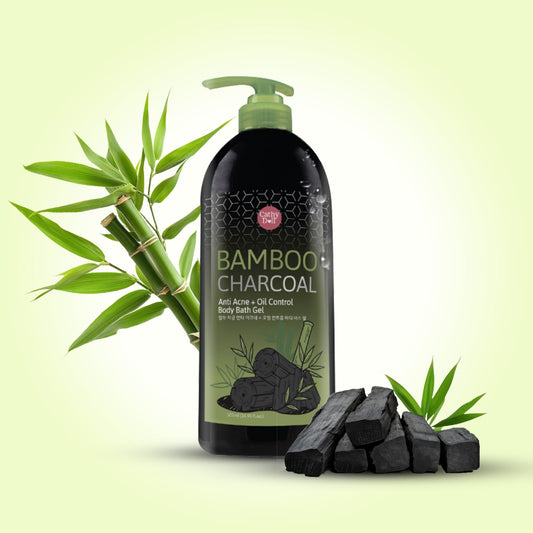Dark spots, melasma, and uneven tone commonly grouped under hyperpigmentation can stem from UV exposure, hormonal shifts, inflammation, or genetics. While potent serums and clinical treatments often take center stage, moisturizers are unsung heroes that support pigment reduction and healthier, more balanced skin.
Why Moisturizers Matter for Hyperpigmentation
-
Boosting Skin Turnover: Well-hydrated skin enhances natural cell shedding, helping fade pigmented patches.
-
Strengthening the Barrier: Ingredients that restore the skin barrier curb inflammation, a known trigger for post-acne or irritated dark spots.
-
Delivering Brightening Agents: Moisturizers infused with niacinamide, vitamin C, or licorice root directly help reduce melanin production.
-
Enhancing Active Treatments: Applying a moisturizer after potent actives like retinoids or AHAs can improve tolerance and reduce irritation.
-
Shielding Against Further Pigmentation: When used alongside sunscreen, moisturizers help block UV-triggered melanin production.
Power Ingredients to Look For
-
Niacinamide (2–5%)
Helps block pigment transfer and soothes inflammation. Gentle yet effective. -
Vitamin C
A strong antioxidant that inhibits melanin production and lightens existing spots best paired with SPF. -
Ceramides & Essential Lipids
Repair the skin’s protective layer, reducing inflammation and allowing smoother cellular renewal. -
Hyaluronic Acid & Glycerin
Deep hydration supports faster cell turnover and a more radiant tone. -
Licorice Root Extract
Tackles both melanin production and inflammation perfect for sensitive skin types. -
Centella Asiatica (Cica)
Calms skin post-irritation or acne and diminishes potential hyperpigmented aftermath.
What Research Suggests
Studies show that regular use of niacinamide-based moisturizers can noticeably reduce dark spots within 6–8 weeks, especially when paired with SPF. Ceramide-enriched formulas have improved pigment appearance by fostering a healthier skin barrier. Meanwhile, hyaluronic acid boosts hydration, aiding the skin’s natural glow and turnover.
Smart Usage Tips
-
Clean with Care: Use a gentle cleanser to preserve the skin barrier and avoid new pigmentation.
-
Apply on Damp Skin: Pat on the moisturizer right after cleansing or misting to lock in hydration.
-
Layer Strategically: Use serums first, then moisturizer, and finish with sunscreen in the morning. At night, follow potent treatments with a richer moisturizer to soothe and support.
-
Consistency Wins: Daily application, morning and night, is essential. Real results often need 6–12 weeks.
-
Never Skip SPF: Regular broad-spectrum sun protection is your best defense against UV-induced hyperpigmentation.
Moisturizer vs. Other Solutions
| Approach | Strengths | Considerations |
|---|---|---|
| Moisturizer | Gentle hydration, barrier support, synergy with actives | Slower results when used alone |
| Brightening Serums | Fast pigmentation fading through high-potency ingredients | Higher chance of irritation, costlier |
| Chemical Peels / Retinoids | Rapid exfoliation and pigment reduction | Potential downtime and skin sensitivity |
In essence, moisturizers aren’t magic erasers for dark spots but they are foundational. They create an ideal skin environment that allows targeted treatments to work more effectively, minimizes irritation, and fortifies protection against new pigmentation.
Final Thoughts
For a visibly brighter, more even complexion, choose moisturizers that promote hydration, barrier repair, and include active brightening ingredients like niacinamide, vitamin C, or licorice root. Use them morning and night, never skip sun protection, and be patient over time, you’ll see your skin tone transform.
FAQs About Moisturizers and Hyperpigmentation
1. Can a moisturizer alone remove hyperpigmentation?
Not entirely. A moisturizer supports skin health, enhances hydration, and reduces irritation, but for faster results, it works best when combined with brightening serums and daily sunscreen.
2. How long does it take to see results with a moisturizer?
With consistent use, visible improvements can be seen within 6–12 weeks, depending on the ingredients and your skin type.
3. Should I use a moisturizer if I’m already applying a serum for dark spots?
Yes! Moisturizers lock in the active ingredients from serums, prevent irritation, and help your treatment work more effectively.
4. What’s the best time to apply moisturizer for hyperpigmentation?
Both morning and night. In the day, always follow up with sunscreen. At night, a moisturizer helps calm skin and repair damage.
FOR MORE INFORMATION VISIT
Your Simple Summer Skincare Routine with Cathy Doll India
Say Goodbye to Breakouts: How Cathy Doll Pimple Patches Save Your Skin Overnight
How to Manage Dryness in Sensitive Skin? Gentle Tips That Actually Work
Glow, Don’t Grease: Why Gel Sunscreens Are the New Skincare Essential?
Say Goodbye to Dull Skin: 5 Easy Steps to Restore Your Natural Glow
How to Treat Acne Without Drying Out Your Skin

